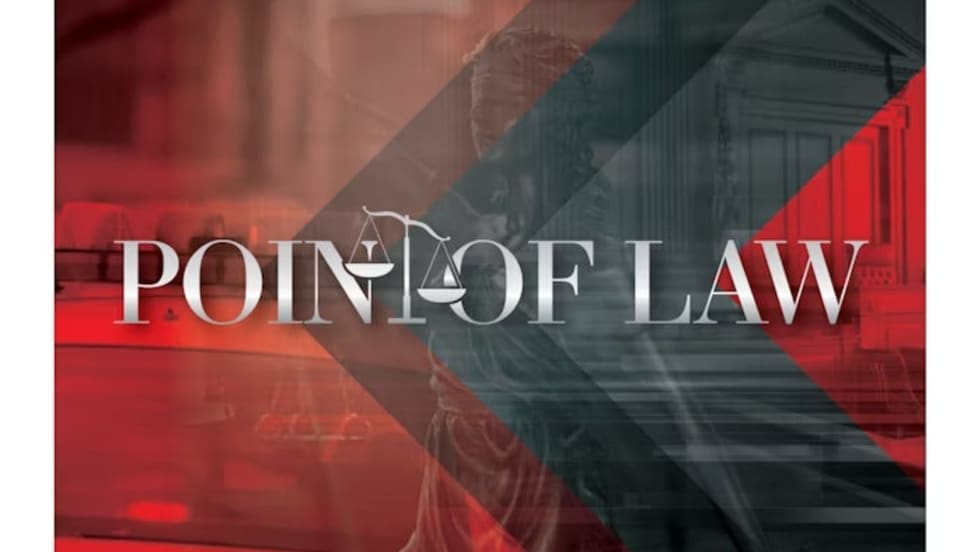Torres, using her right arm to steer, exited the parking lot and drove a short distance, then stopped in a parking lot. Torres told a bystander to report an attempted carjacking, and then stole another vehicle idling nearby and drove 75 miles to Grants, NM. Torres was ultimately arrested for aggravated fleeing from a law enforcement officer, assault on a peace officer, and unlawfully taking a motor vehicle.
Torres later filed for damages against Officers Madrid and Williams under 42 U.S.C. § 1983, claiming that the officers applied excessive force, making the shooting an unreasonable seizure under the Fourth Amendment. The District Court granted summary judgment for the officers, and the Court of Appeals for the Tenth Circuit affirmed on the grounds that “a suspect’s continued flight after being shot by police negates a Fourth Amendment excessive-force claim.” The United States Supreme Court granted certiorari.
SCOTUS Opinion
The SCOTUS ruling said the Fourth Amendment protects “’[t]he right of the people to be secure in their persons, houses, papers, and effects, against unreasonable searches and seizures.’ This case concerns the ‘seizure’ of a ‘person,’ which can take the form of ‘physical force’ or a ‘show of authority’ that ‘in some way restrain[s] the liberty’ of the person.” SCOTUS stated that the question before it was “whether the application of physical force is a seizure if the force, despite hitting its target, fails to stop the
person.”
To interpret the meaning of the term “seizure,” SCOTUS has historically looked to the common law of arrest, “the quintessential ‘seizure of the person’ under our Fourth Amendment jurisprudence.” In the case of California v. Hodari D., the Court explained that the common law treated “‘the mere grasping or application of physical force with lawful authority’ as an arrest, ‘whether or not it succeeded in subduing the arrestee.’” SCOTUS stated, “put another way, an officer’s application of physical force to the body of a person ‘for the purpose of arresting him’ was itself an arrest—not an attempted arrest—even if the person did not yield.” Under Hodari D. SCOTUS explained that “[a]n arrest requires either physical force… or, where that is absent, submission to the assertion of authority.” SCOTUS further stated that courts throughout the county continue to hold that “an arrest required only the application of force—not control or custody…”







